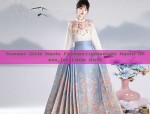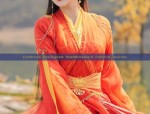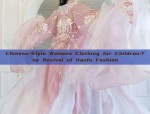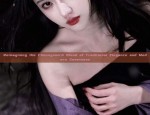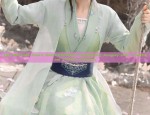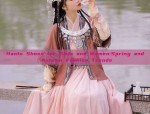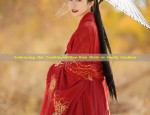The Splendor of Broad-sleeved Hanfu:The Grandeur of Wide Arms in Traditional Chinese Clothing
In the annals of Chinese history, the art of clothing has always been a vibrant and diverse expression of cultural identity and societal norms. Among the numerous traditional costumes that grace the pages of history, the Hanfu, with its wide sleeves, stands out as a symbol of elegance and cultural richness. Specifically, the broad sleeves of Hanfu, known as ‘guangxiu’, are not just an architectural feature of the clothing; they are a testament to the beauty and grace that was once considered paramount in traditional Chinese aesthetics.
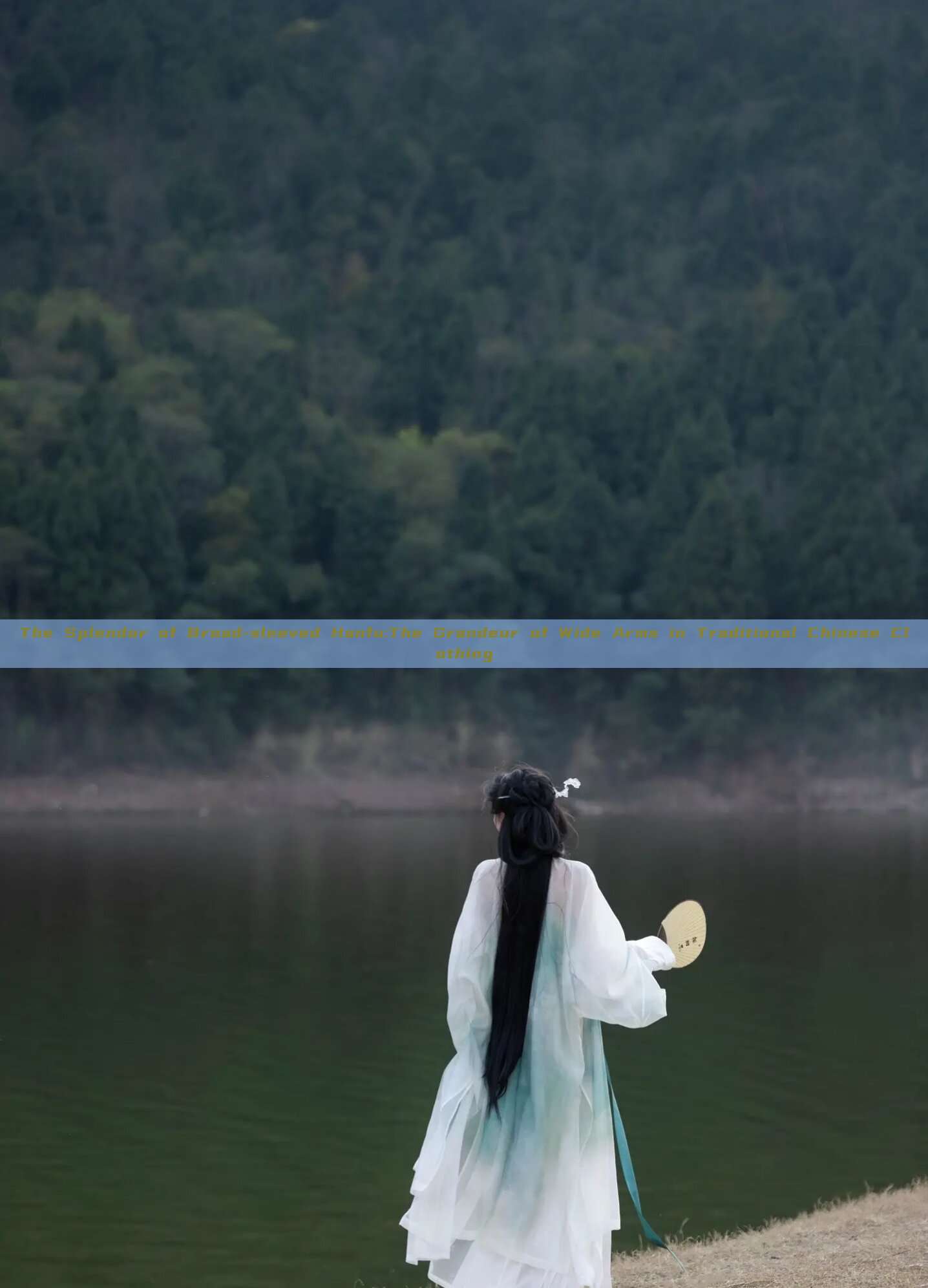
The term ‘Hanfu’ refers to a type of traditional clothing that was worn by the Han Chinese people throughout history. It is a complex system of dressing that encompasses various styles and designs tailored to different occasions and social ranks. Among its most distinctive features, the wide sleeves are perhaps the most captivating. These sleeves, often loosely cut and with ample room for movement, allowed for a graceful display of movements and were often adorned with intricate patterns and designs.
The origins of the broad-sleeved Hanfu can be traced back to ancient times, when it was believed that the wider the sleeves, the higher the social status of the wearer. As a symbol of wealth and status, these sleeves were often made from expensive materials like silk or brocade and were adorned with intricate embroidery and patterns. The sleeves’ design and length also served as a form of visual hierarchy, indicating the wearer’s position in society.
The beauty of the broad-sleeved Hanfu lies in its simplicity and elegance. The loose-fitting design allowed for maximum comfort and ease of movement while also showcasing the wearer’s grace and poise. The sleeves, when waved gracefully, could create a mesmerizing visual effect, resembling waves or clouds in motion. This graceful design was not just about aesthetics; it was also about function, as the loose sleeves could be used to brush off sweat or keep away insects during hot summer days.
Over time, the Hanfu evolved to adapt to changing societal norms and tastes. However, even with these changes, the broad sleeve remained a prominent feature. It became a symbol of cultural continuity and tradition, reflecting a deep respect for the past and a desire to uphold traditional values.
Today, the Hanfu has made a comeback in modern China, with many people embracing it as a symbol of cultural pride and heritage. The broad-sleeved design is still widely worn and appreciated for its unique beauty and elegance. It is not just worn during traditional festivals or special occasions but has also become a part of everyday fashion.
In conclusion, the broad-sleeved Hanfu is not just a piece of clothing; it is a symbol of rich cultural heritage and tradition. It represents a deep respect for the past and a desire to uphold traditional values while also embracing modernity. The grace and beauty of its design have captivated hearts across generations, making it a timeless piece of art that continues to inspire and enchant even today.
The grandness of the wide arms in traditional Chinese clothing is not just about fashion or aesthetics; it is about a deep-rooted cultural heritage that dates back thousands of years. The Hanfu, with its broad sleeves, continues to stand as a testament to the beauty and richness of Chinese culture, inviting people from all over the world to appreciate and understand its unique charm and value.

 Previous Post
Previous Post

